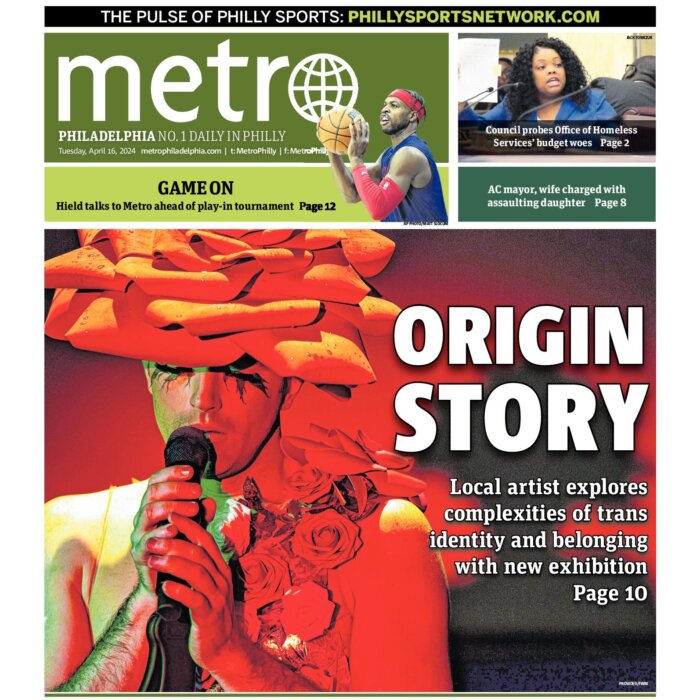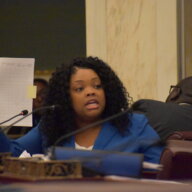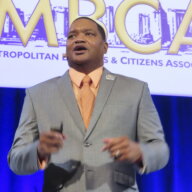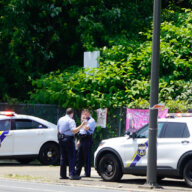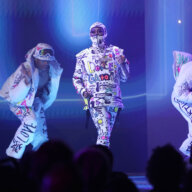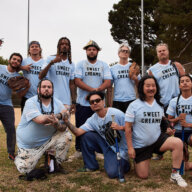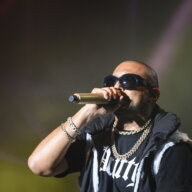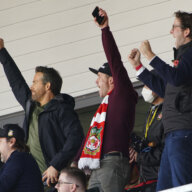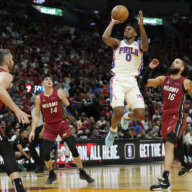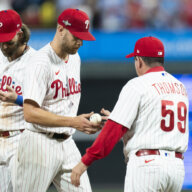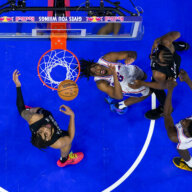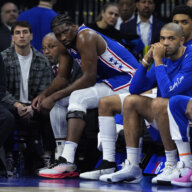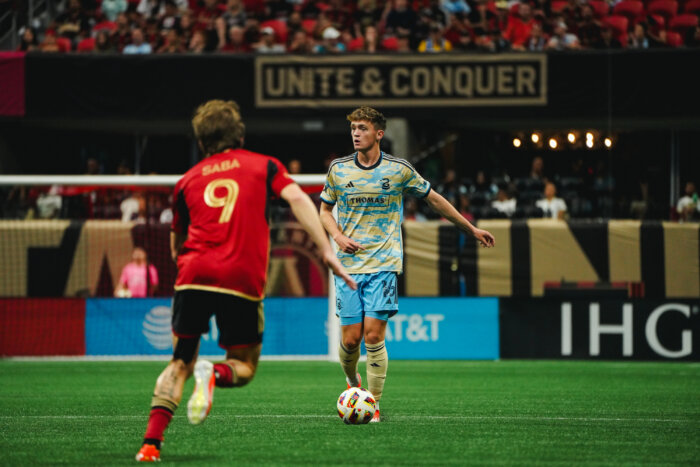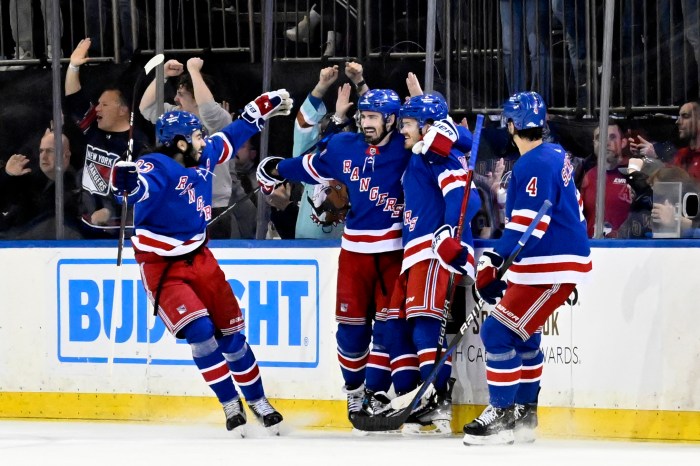The Red Sox’ Marlon Byrd just shook his head when asked why the
African-American population in baseball has dropped to just 8.05
percent. In 1975, 27 percent of major league players were
African-American.
“I wish I could tell you why things are like this now,” Byrd said.
“All I can say is that when I came up with the Phillies 10 years ago we
had six (African-American) players. I thought that was the norm.”
One
of those athletes is Jimmy Rollins, the longest tenured member of the
Phillies. The veteran shortstop is apparently color-blind since he
failed to notice that the Phillies have been above the norm during his
run with the team.
“Has it been?” Rollins asked. Yes. Byrd is on the money regarding
the 2002 squad. Fast forward to the current team. At the start of spring
training Ryan Howard, Juan Pierre, John Mayberry Jr. Dontrelle Willis,
Domonic Brown and Tyson Gillies, were part of the Phillies 40-man
roster, along with Rollins.
Sure, the ineffective Willis was waived before camp broke and Brown
and Gillies are in the minors. But the Phillies hope that they will join
the big club at some point.
So the Phillies, the last team in the National League to sign a
black player (John Kennedy finally broke the Phillies color line in
1959), have been above average over the last decade with periods when
they’ve had a whopping six African-Americans on the 25-man roster.
Byrd, amazingly the lone black baseball player in Chicago — all of
Chicago, home to both the Cubs and the White Sox — before he was traded
to Boston in April, said “the Phillies have done a good job of bringing
in (African-American) players and they’re a big reason they’ve been so
successful over recent years.”
Rollins doesn’t believe that race has anything to do with the Phillies acquisitions.
“It definitely wasn’t anyone saying ‘let’s get a black player here,'” Rollins said.
Rollins: ‘Baseball not a glamour sport’
Jimmy Rollins says
he became a baseball player because of his mother. She played softball
and she always loved baseball,” Rollins said. “She exposed me to it and I
loved going to Oakland A’s games when I was a kid.”
The A’s won a championship in 1989 and were a dominant team during
Rollins’ childhood and he was part of MLB’s RBI program (Reviving
Baseball In Inner Cities). “It was great back then,” Rollins said. “It
was the A’s and baseball for me.”
But for most African-American kids living in the inner city, basketball and football rule.
“That’s true and I think that’s it’s due to marketing,” Rollins
said. “The NBA does a fantastic job at marketing their players. Football
does a good job as well. They both market the heck out of players.
Baseball is not a glamour sport, especially in the minors. You don’t see
high school baseball games on TV. What you see on TV is what you want
to be. I don’t know why we’re not marketed like that. I think that’s why
you see what you see or don’t see.”
Keeping ball alive in Philly
Major League Baseball noticed
the sagging numbers of African-American players and fans during the late
’80s. The RBI Program (Reviving Baseball In Inner Cities), which was
born in 1989, is an initiative whose mission is to increase urban
youth’s interest in baseball and softball.
“One of the beacons of the RBI program is the Philadelphia RBI
branch,” RBI director David James said. “The Phillies are one of 13
major league teams involved with the program and they do a wonderful
job.”
More than 9,500 kids from Philly are part of RBI. The ethnic
breakdown is 38 percent African-American, 38 percent Caucasian, 21
percent Latino and three-percent Asian.
The goal of RBI isn’t to manufacture future MLB players.
